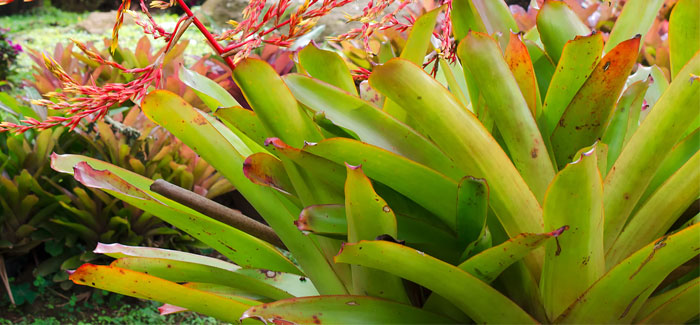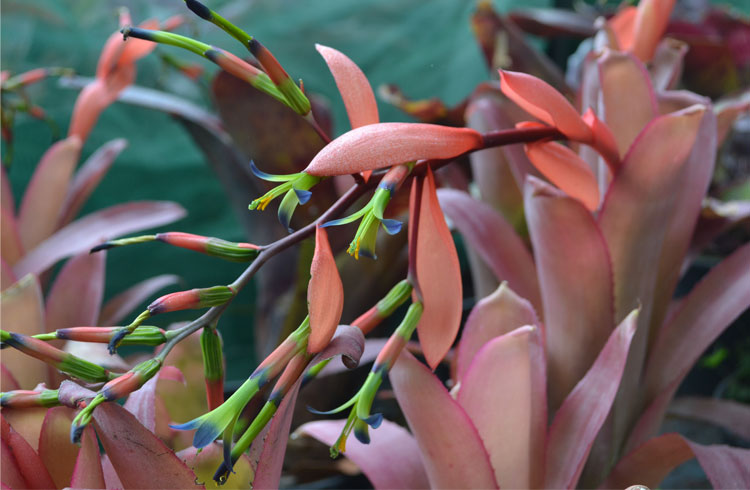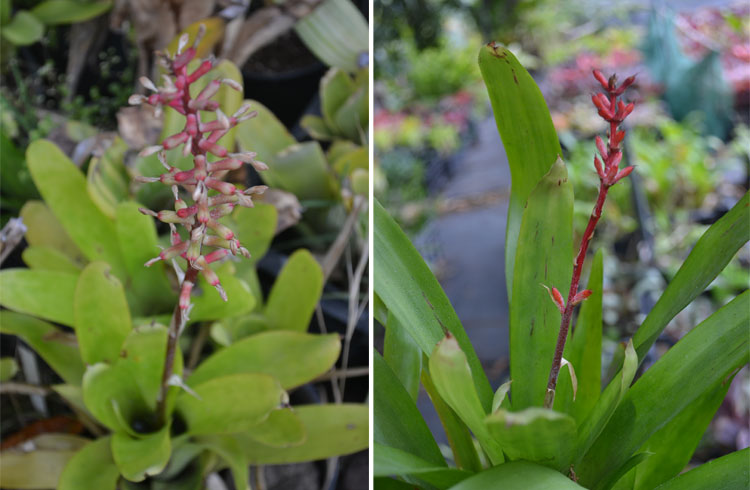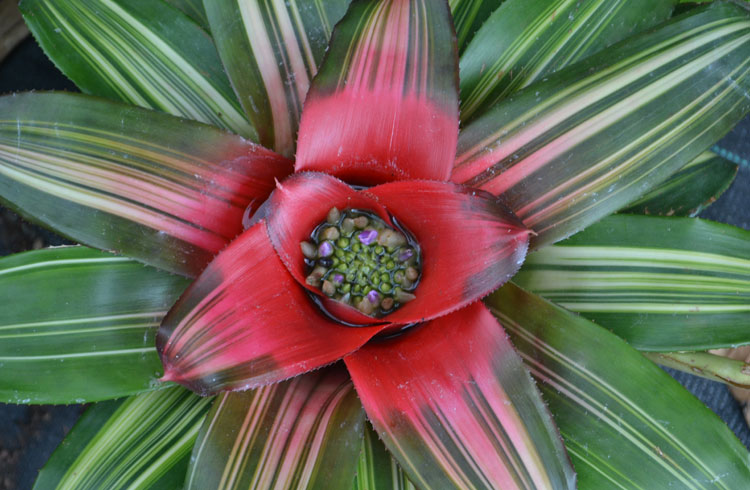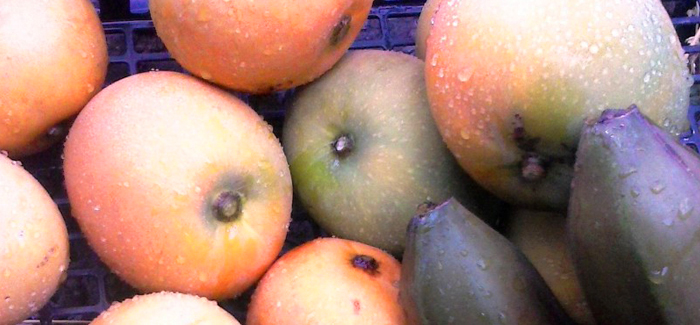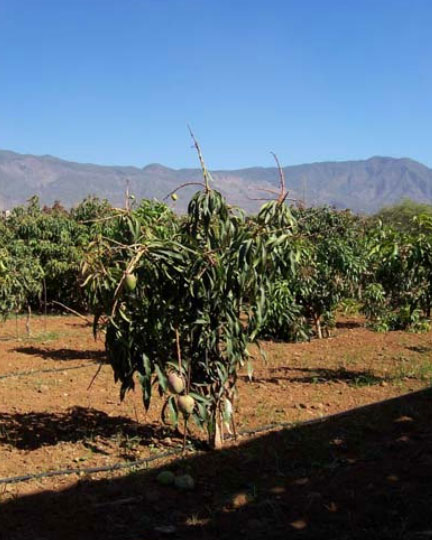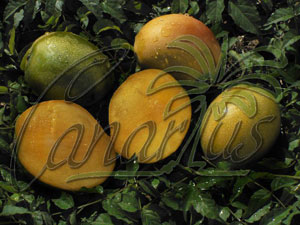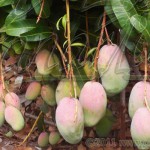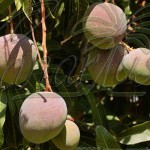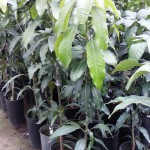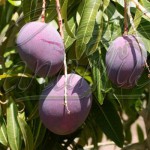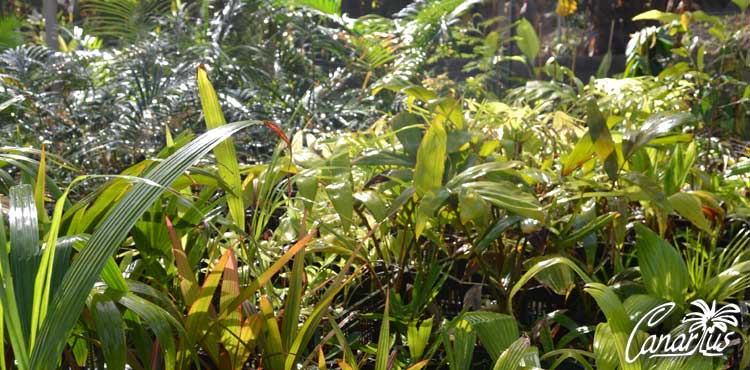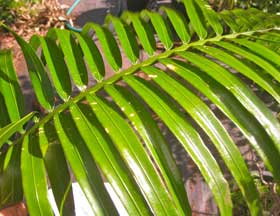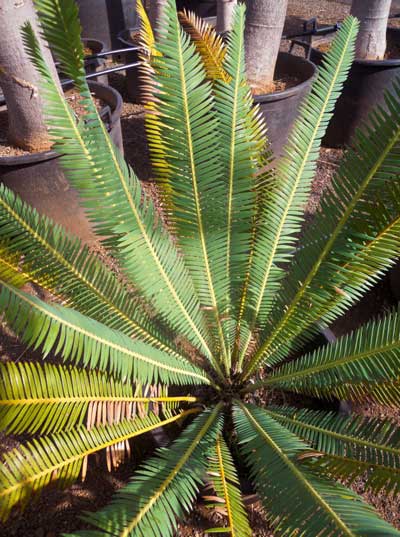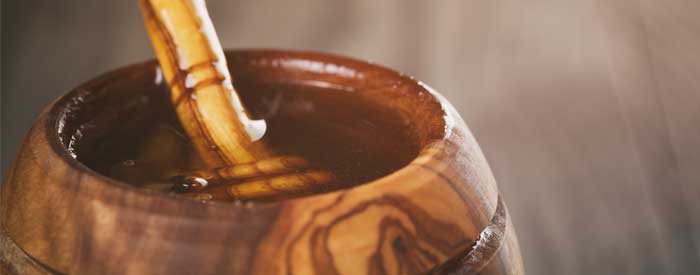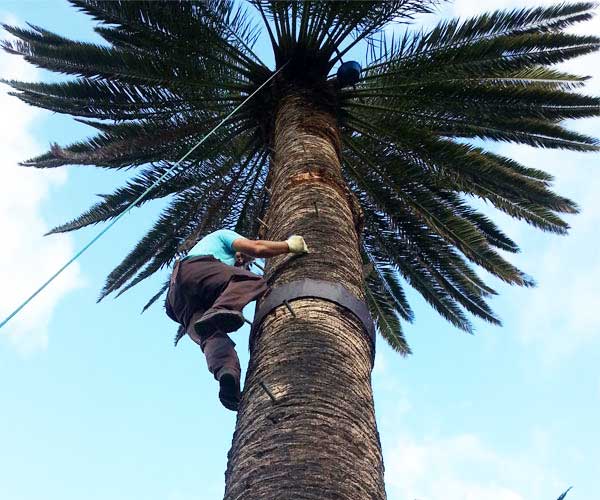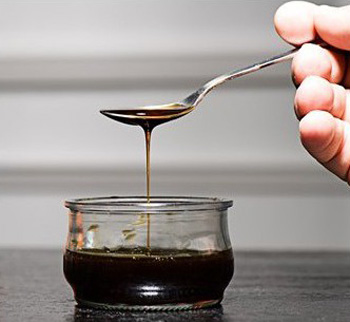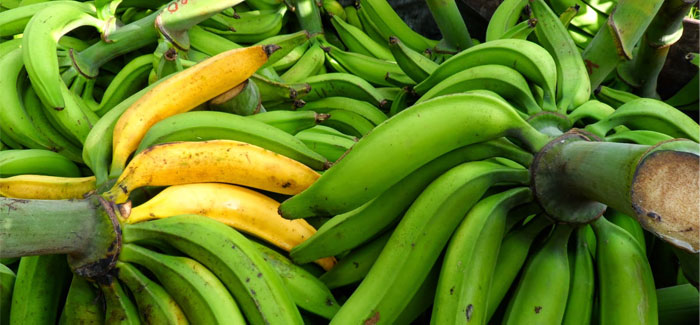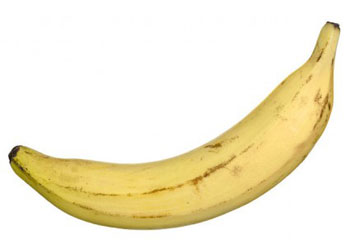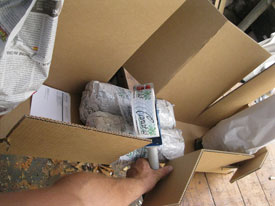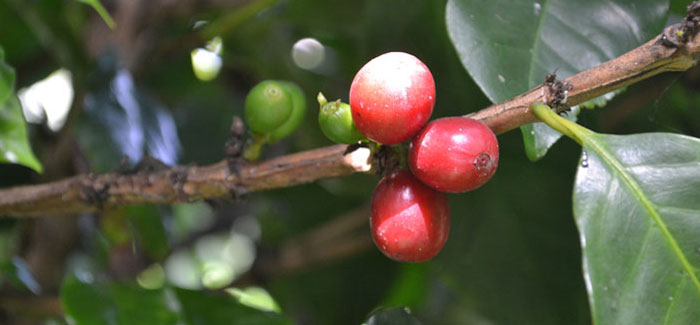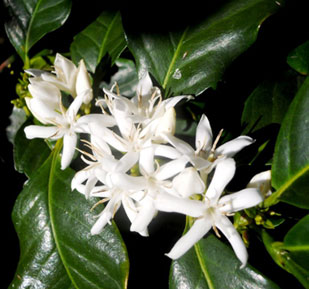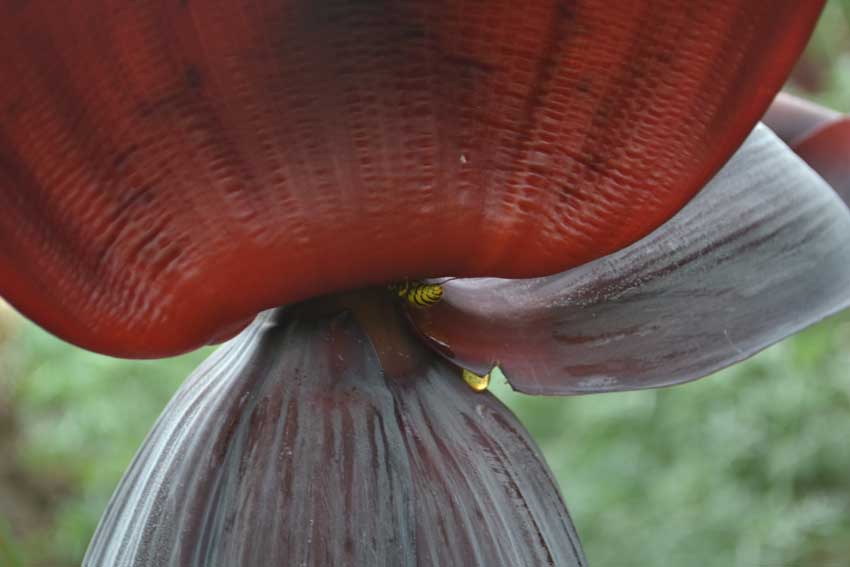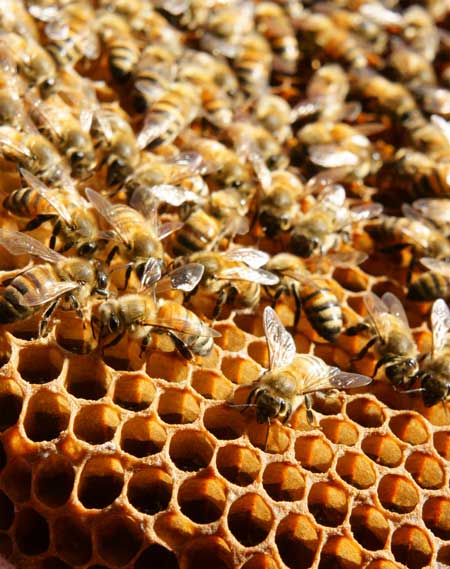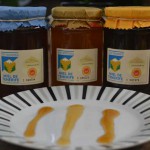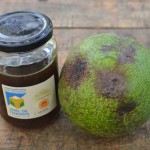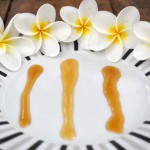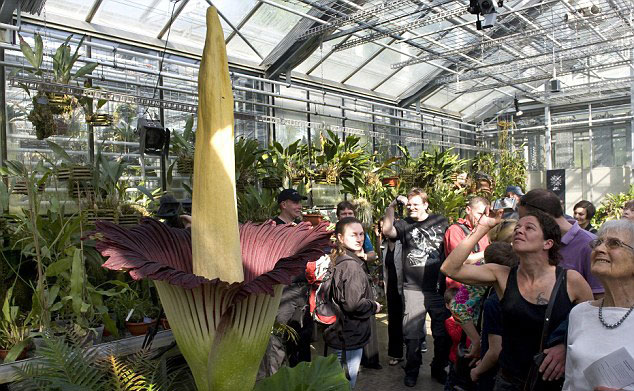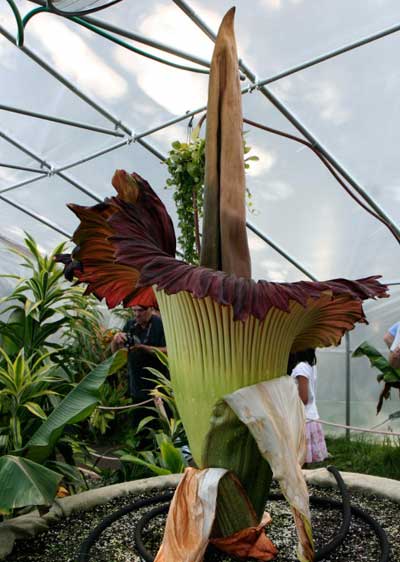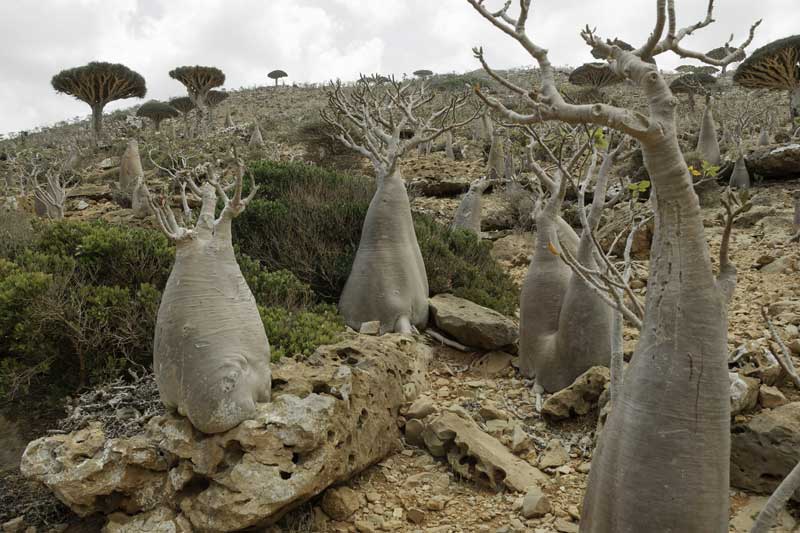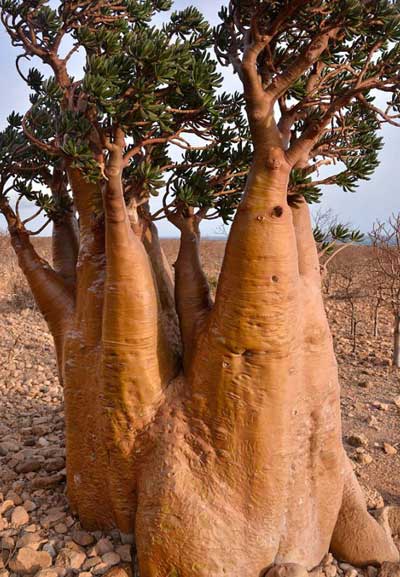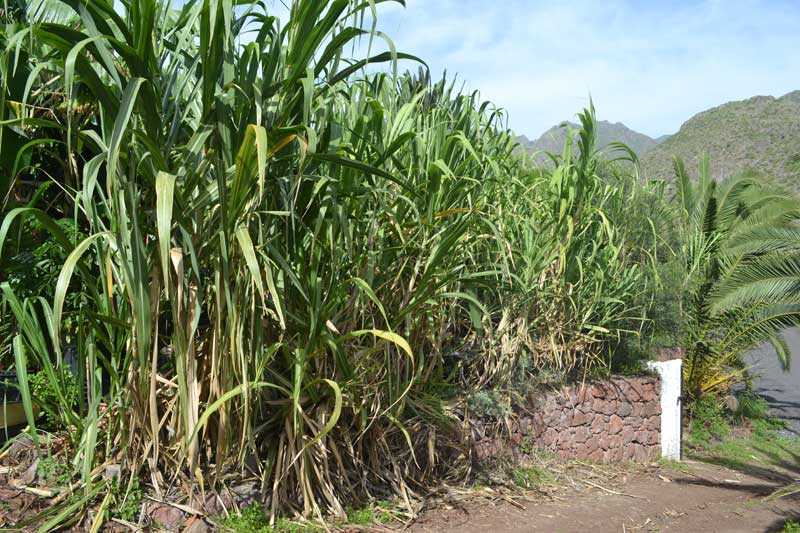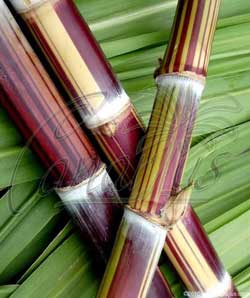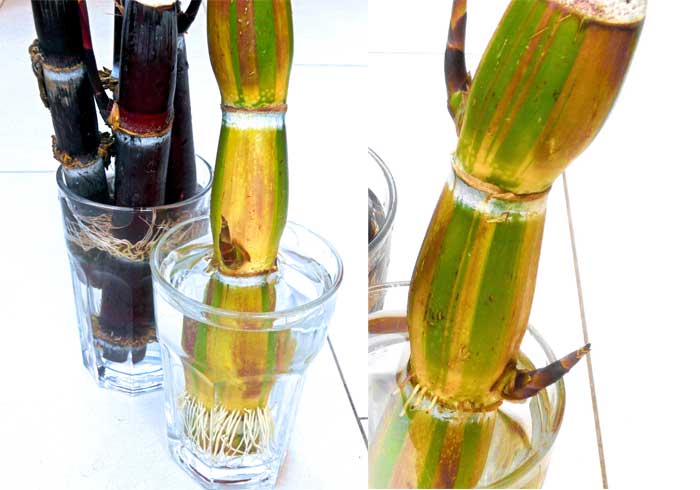Bromeliaceae or Bromeliads are a family of monocot plants consisting of shrubs or perennial, terrestrial or epiphytic grasses.
Bromeliads have rosette leaves, flowers and colourful and showy bracts, as well as the typically twisted stigmas. A typology that differentiates, precisely, due to the type of flower that’s born and its particular shape. In this case we will talk about the Billbergia, Aechmea and Neoregelia genera.
Billbergia
The genus Billbergia, belongs to the large family of Bromeliads and particularly includes many epiphytic species, growing over any other plant without parasitising it. Although there are also some terrestrial species.
The Billbergia bromeliad is known for its intense green, elongated, strong leaves, bearing numerous very small thorns, placed along its margins.
The leaves are arranged forming a central cup, collecting rain water used by the plant as a water reserve and where flora and, often abundant, fauna will accumulate: plant and animal remains that are partly digested with decomposition.
The flowers are held on long rigid or twisted stems, protected by bracts of various colours depending on the species and variety, commonly attached in hanging clusters. Even without a long life they’re splendid.
Aechmea
The genus Aechmea, also belongs to the Bromeliad family. However, this species has a reduced root system, absorbing the water needed for its development through the foliage.
The particularity of its leaves is arranged so that the water is channeled inside a central cup caused by widening of the leaves in which rainwater is collected in nature.
Spike inflorescence emerges from the central part of the cup, where there are numerous flowers surrounded diffusely by rigid coloured bracts (pink, yellow, red or orange) and long lasting.
Neoregelia
In reference to the bromeliad family, we also find the so-called genus Neoregelia. It’s a species that doesn’t reach considerable size, as it doesn’t exceed 30-40 cm in height; the leaves can reach a width of 60 cm and a length of 40 cm.
The particularity of the Neoregelia is the rosette arrangement of the extending leaves in the central part forming a type of cup in which rainwater is collected in nature. A cavity in which there is a water reserve, where flora and fauna accumulate, often abundant.
Also, inflorescense emerges from the centre of the rosette, typical for its coloured bracts, from which usually white or blue flowers sprout, attached in rounded inflorescences which develop in the centre of the cup.
















